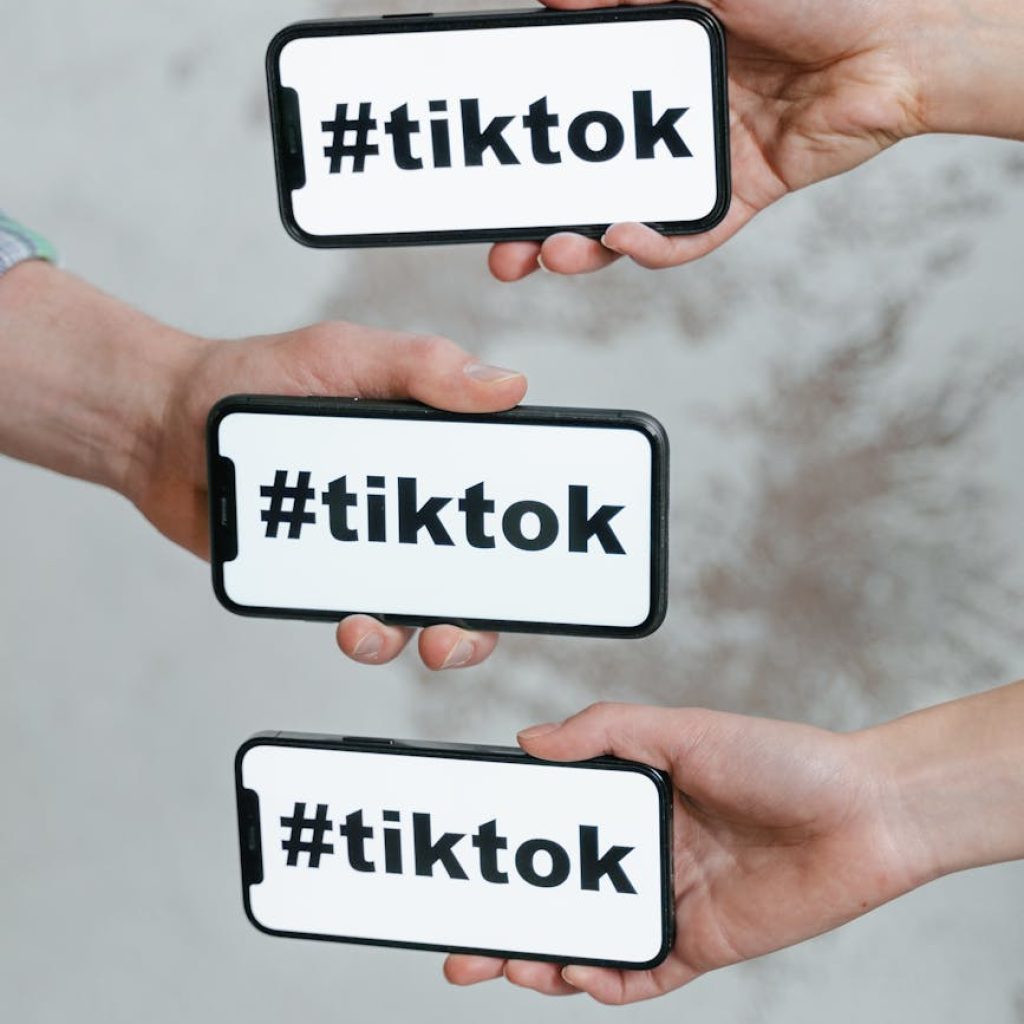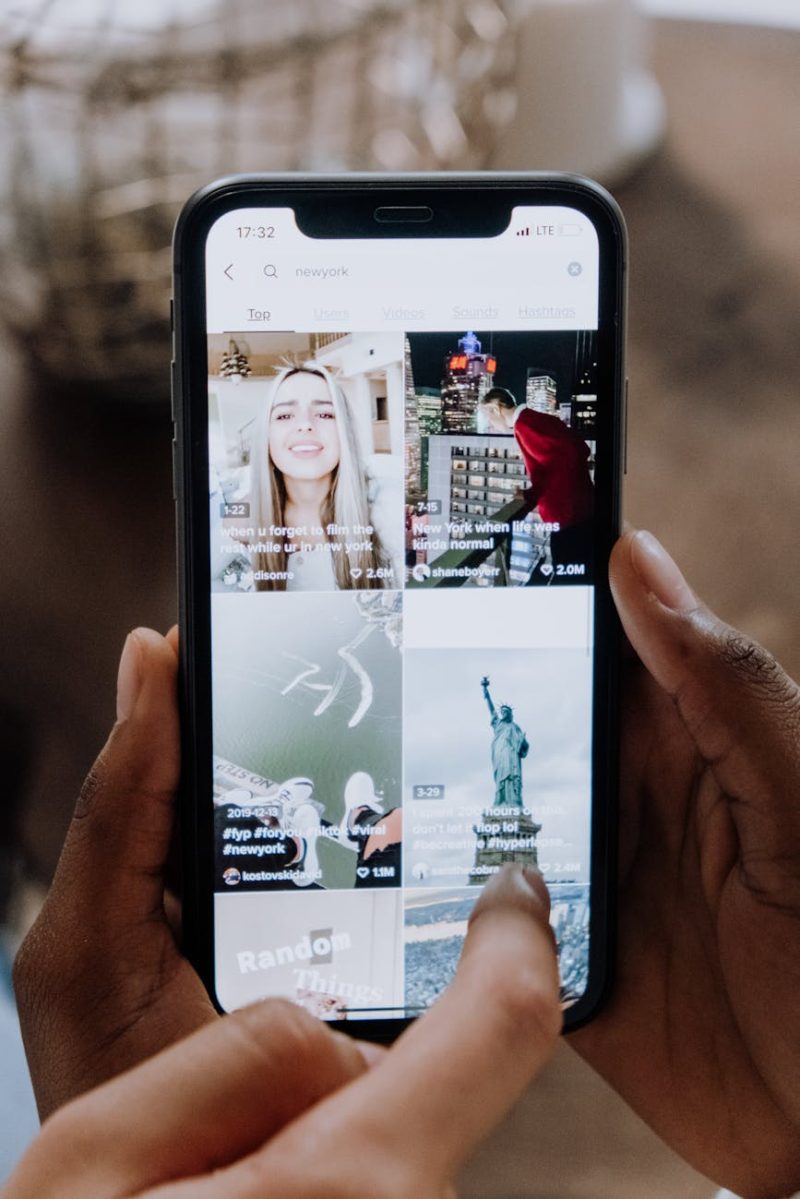Revolutionary Virtual Influencers: The Future of Social Media
In a world where digital innovation knows no bounds, revolutionary virtual influencers are redefining the social media landscape. These AI-powered digital avatars are not just gaining traction—they’re reshaping how brands connect with their audiences, offering a blend of authenticity and control that traditional influencers can’t always provide. As we delve into this phenomenon, it’s clear that virtual influencers are more than just a passing trend; they’re the vanguard of a new era in digital engagement.
The Rise of Virtual Influencers: From Niche to Mainstream
What began as a niche phenomenon has rapidly evolved into a mainstream movement. Virtual influencers like Lil Miquela, with her 2.5 million Instagram followers, and Kizuna AI, a Japanese virtual YouTuber, have captured the imagination of global audiences. These digital personas engage users with content that spans fashion, music, and lifestyle, achieving engagement rates sometimes surpassing their human counterparts.
The appeal of virtual influencers lies in their unique ability to combine relatable personalities with digital versatility. Brands are taking note, recognizing the potential to reach younger, tech-savvy demographics. According to a recent report, the virtual influencer market is projected to reach $15 billion by 2025, underscoring their growing influence.
Why Virtual Influencers Are Here to Stay: A Brand’s Dream
For brands, virtual influencers offer a level of control unparalleled by human influencers. They can be tailored to perfectly align with a brand’s messaging, ensuring consistency and avoiding controversies that can plague human ambassadors. This Messages can be tweaked in real-time to adapt to market trends without the constraints of human limitations.
Moreover, virtual influencers transcend geographical boundaries, appealing to global audiences with localized content. Their 24/7 availability means continuous engagement, providing brands with round-the-clock marketing opportunities.
Challenges and Ethical Considerations: Navigating the Risks
Despite their advantages, virtual influencers present ethical challenges. The lack of a human element raises questions about authenticity and trust. Audiences may feel misled if the AI nature of an influencer isn’t transparent, potentially harming brand credibility.
The line between reality and fantasy blurs further with deepfake technology, raising concerns about misinformation and manipulation. As virtual influencers become more prevalent, the industry must address these issues to maintain trust.
The Future of Virtual Influencers: Transforming Social Media
Looking ahead, AI advancements will make virtual influencers even more lifelike, enabling real-time interactions and fostering deeper connections. Personalization will allow brands to craft tailored messages, enhancing engagement and conversion rates.
Beyond marketing, virtual influencers may influence entertainment, education, and wellness. Imagine virtual fitness coaches offering personalized workouts or educators making learning engaging for students. The possibilities are vast and exciting.
The Balance of Innovation and Responsibility
As virtual influencers continue to evolve, the industry must navigate innovation with responsibility, ensuring transparency and ethical practices. By doing so, we can harness their potential to enhance, not detract from, human connections.
Conclusion
Revolutionary virtual influencers are reshaping social media, offering innovative solutions for brands and captivating audiences worldwide. While they bring challenges, their potential to transform industries is undeniable. Join us at BeNewsMag.com as we explore more insights into this ever-evolving digital landscape. Stay curious, stay connected.

